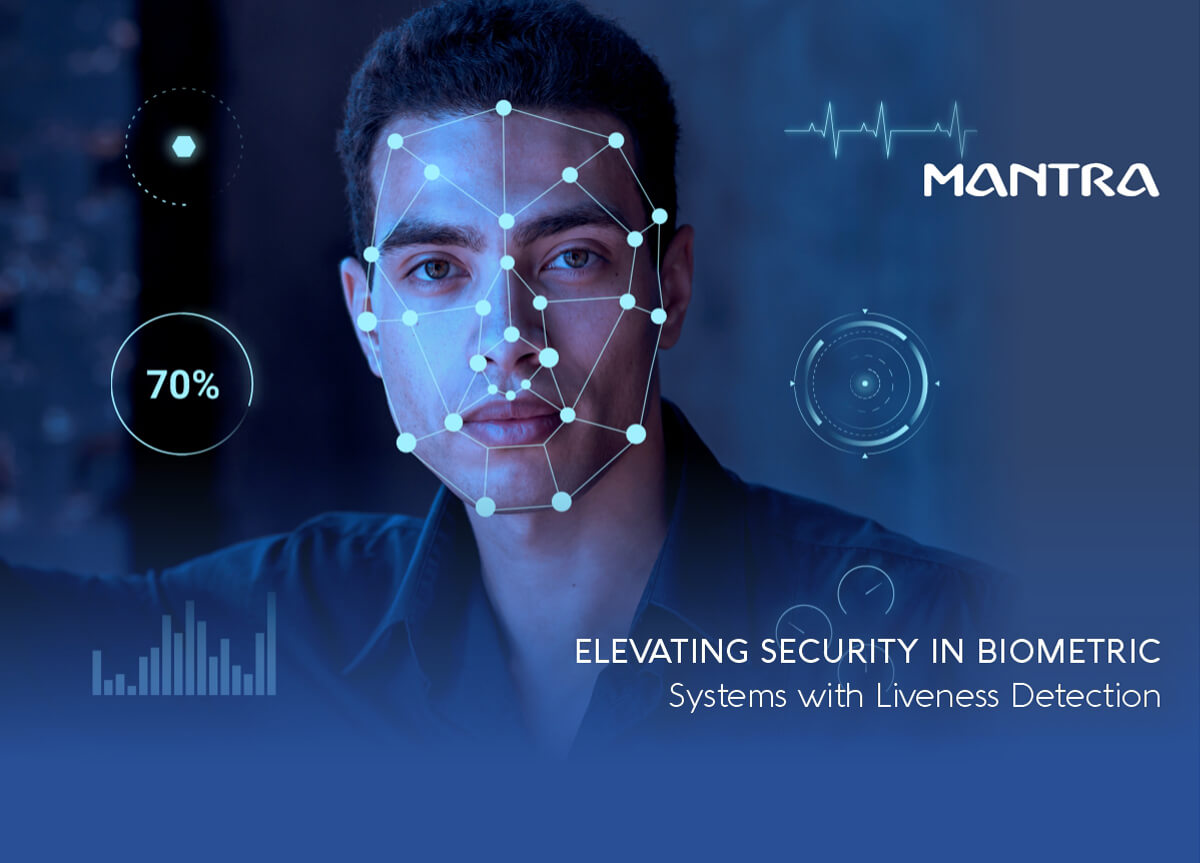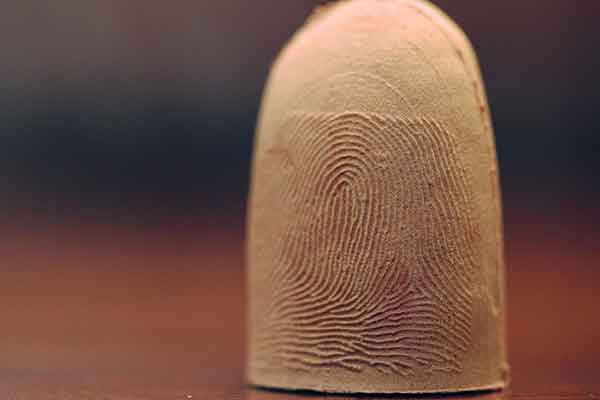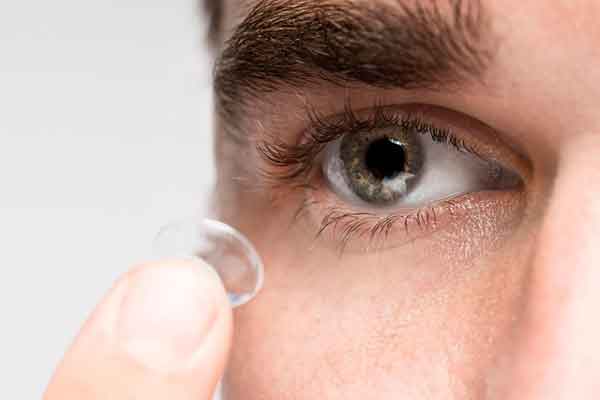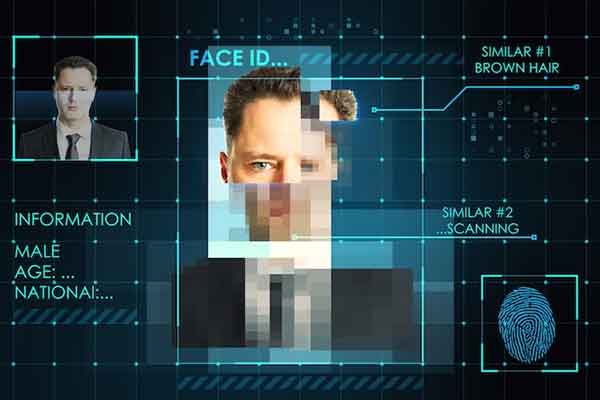
Do you have a biometric system in your organization?
A facial recognition system for workplace accessibility control, a fingerprint scanner for financial eKYC, or an iris check for identity check-ins? Whatever the application might be, it's important to see to it your biometric system is protected and credible.
Liveness detection innovation confirms the credibility of biometric data by making sure that it originated from a living human, as opposed to a photograph, phony finger, or various other manipulated media. In doing so, it prevents spoofing assaults from destructive stars who plan to abuse biometric data for their own benefit.
In this blog post, we'll check out the fundamentals of liveness discovery, exactly how it works to shield your biometric systems and the different spoofing strikes that it can secure you against. All set to ensure your biometric systems are protected and trustworthy? Let's dive in.
What is Liveness Detection?
Liveness discovery is a technology made use of to spot and verify whether the caught biometric information (such as facial pictures, finger prints, or iris scans) came from a real-time individual or a spoofed resource.
It functions by assessing the information to determine if there are any kind of "tells" that indicate a human is present, such as blinking eyes, the subtle movements that happen when an individual turns their head somewhat, or the sweat that would exist on a genuine finger. It also looks for inconsistencies that would show that a photo or various other manipulated media was used, such as low resolution, lack of darkness, inaccurate skin tone, or a discriminative spatiotemporal mapping of faces.
By discovering these informs and inconsistencies, liveness detection can compare an actual individual and a picture, video of an individual, or a made finger. This aids safeguard your biometric systems from spoofing strikes, which we'll check out extra in the next area.
What Are Biometric Spoofing Strikes (Discussion Assaults)?
Biometric spoofing strikes (or biometric discussion attacks) are scams attempts to bypass a biometric system by presenting manipulated biometric information, such as a fake finger print or photo, deceiving a biometric system into assuming that it is a live and authorized individual.
Biometric presentation assaults are identified into 2 kinds :
Acting strikes :
These are the most uncomplicated sort of presentation assaults. They present a made biometric theme or image that resembles the characteristics of a real, live person, such as a photo, voice example, or fabricated finger, to pose a reputable customer and bypass the security system.
Obfuscation assaults :
These attacks try to cover biometric data in order to interrupt the capture process. Obfuscation strategies consist of voice distortion, disguises (such as hats, wigs, and make-up), and also plastic surgery to stay clear of a biometric system from finding a customer's real identification.
Biometric spoofing attacks might be utilized to access to services, steal sensitive details, get to limited locations, and even take control of a system. As malicious actors realize the potential for monetary gain or other benefits from getting into biometric systems, these assaults are becoming a lot more usual.
Main Kind Of Biometric Spoofing Assaults
Several of one of the most widely known spoofing assaults seen today are as adheres to :
1. Fingerprint spoof strikes :

These attacks involve fabricating a phony fingerprint to obtain unauthorized gain access to. A phony finger could be made from a range of materials, consisting of plastic, latex, and even jelly.
2. Face spoof assaults :

These assaults attempt to mislead face recognition systems by providing an adjusted face of a genuine customer. This could be made with a photo, video clip replay, 3D-printed mask, 3D-rendered design, and extra.
3. Iris spoof strikes :

This sort of presentation strike intends to bypass iris recognition systems by providing a manipulated printed picture of a legitimate individual's eye. This could be done with a picture, video clip, or get in touch with lenses.
4. Deepfakes :

Deepfakes are highly realistic video clips or pictures generated by deep knowing and expert system that simulate someone's face, voice, and various other biometrics. Deepfakes can be tough to detect due to their high degree of realistic look.
These sorts of discussion strikes can be devastating, as they are hard to find and might cause identification burglary, deceit, or various other malicious tasks. Fortunately, we have liveness detection innovation that functions successfully to protect biometric systems from these risks.
How Does Liveness Detection Job? The Anti-Spoofing Modern technology
Liveness discovery is created to identify discussion assaults by acknowledging the subtle qualities of an online person. These discussion assault detection (PAD) techniques work by using various formulas and sensors to recognize a live face, finger print, voice, or various other biometric information.
For example, in facial acknowledgment systems, liveness detection algorithms can identify subtle face movements, such as blinking and head turning, to determine whether a face is online or spoofed. The very same goes with finger print recognition systems, where liveness detection formulas examine the pressure, structure, and sweat levels of a fingerprint to identify whether it comes from a real-time person.
Liveness detection methods are designed to find spoofing attempts in real-time, making sure the highest level of security for biometric systems. Today, these anti-spoofing techniques can be viewed as follows:
1 - Face liveness detection approaches:
To discover face presentation attacks, liveness detection approaches use 2D/3D facial recognition technology, movement tracking formulas, and also thermal imaging techniques to identify refined variants in a person's face.
Energetic liveness detection: An energetic liveness check needs customers to perform details actions (such as blinking, head turning, or grinning) to verify their liveness.
Easy liveness detection: Easy liveness detection, on the other hand, doesn't require any kind of action from the customer. Rather, it examines an individual's face in real-time to find liveness. Considering that it works in the history, it is an extra straightforward alternative than active liveness discovery. Additionally, the use of deep learning algorithms and expert system in passive liveness discovery has made it much more reliable at discovering any spoofing attempts, bringing a higher level of safety to video clip monitoring applications.
2 - Finger print liveness detection techniques:
Fingerprint liveness discovery techniques are developed to be able to find spoofing efforts by examining certain attributes of a live finger print. Such functions can include texture, sweat levels, odor, and high blood pressure to figure out whether a fingerprint comes from a live person or otherwise.
There are two types of fingerprint liveness detection techniques:
A. Hardware-based fingerprint liveness discovery:
The hardware-based strategies need extra sensor tools such as electronic noses and pulse oximeters to find liveness.
B. Software-based finger print liveness detection:
Software-based methods, on the other hand, utilize image-processing algorithms to analyze a solitary fingerprint image and figure out liveness. Software-based finger print liveness discovery methods can better be classified right into two groups: static and vibrant.
C. Fixed techniques:
Static liveness discovery approaches allow for quick and efficient evaluation of a single 2D fingerprint photo by taking a look at the different features such as structures, sweat pores, skin elasticity, and spatial surface coarseness. This approach is a terrific option to make certain optimum accuracy with only marginal time needed for calculation. With simply one image required from a live individual, fixed liveness detection innovation can promptly identify whether it belongs to an actual individual or otherwise.
D. Dynamic approaches:
On the other hand, dynamic methods analyze a selection of features from several 2D finger print checks accumulated in time to figure out liveness. This method can find any fixed aspects however additionally modifications in those parts throughout numerous scans. For instance, it reviews skin contortion, blood circulation, and sweat produced during the scan duration to see whether the print is genuine. Contrasted to fixed techniques, vibrant techniques generate more precise results; nonetheless, they take longer to refine.
Generally, hardware-based methods are more expensive and restricted to particular spoofing products, whereas software-based methods are extra basic and can take care of spoofing material variants with higher flexibility.
For real-world applications, software-based strategies are the go-to choice since they use existing biometric devices and just need to integrate image-processing algorithms. This makes them an affordable, effective solution for organizations that call for liveness detection contributed to their biometric systems.
3 - Iris liveness detection techniques:
Iris liveness detection is a strategy for determining whether or not an eye belongs to a living person. By examining subtle modifications such as student expansion, focus, and activity features, it can guarantee that the eye used in identification confirmation and verification is genuine instead of a picture or synthetic call lens.
There are 2 types of iris-liveness detection strategies:
A. Hardware-based iris liveness discovery:
To spot an eye's liveness, these methods call for extra sensing units such as multispectral cameras, 3D deepness sensors, or electrooculography (EOG) sensing units. EOG sensors, for example, action electrical task in the eye and can determine whether it is replying to external stimuli, making certain that the eye comes from a living individual.
B. Software-based iris liveness discovery:
Software-based iris liveness discovery can spot whether a person is a living individual or not via their solitary 2D iris image (static technique) or multiple pictures (vibrant method). This modern technology evaluates imperfections, shade distribution, appearance, and various other vital features that are near difficult to duplicate in images or contact lenses. Furthermore, advanced artificial intelligence and deep understanding techniques aid improve precision additionally.
Why Does Your Company Demand Liveness Discovery?
Liveness detection is critical in making sure the credibility and safety of biometric systems, which function as the structure for a wide variety of digital identity applications, varying from cybersecurity, and physical accessibility control to electronic banking. With sophisticated spoofing methods coming up, liveness detection functions as the last line of defense against any kind of potential fraud.
In the last few years, a growing number of cases of identification burglary and biometric scams have come to light, for example:
In March 2019, a criminal made use of fabricated intelligence-based software to mimic the voice of a president and demanded EUR220,000 ($ 243,000).
In 2021, cybercriminals made use of silicon thumbs to clone thumb impressions from sale actions offered on different web sites and swipe money from Aadhaar-linked bank accounts. According to records, 468 such problems have actually been reported in Haryana with 18 cyber wrongdoers apprehended and Rs 14.64 lakh recovered because of this.
These spoofing strikes led to an enhanced understanding of exactly how vital liveness discovery is for the safety and security of biometric systems
Amid the COVID-19 dilemma, where almost all services and purchases have changed to on the internet platforms, identity burglary or biometric fraudulence has actually become a significant threat. This makes it a lot more essential to have the ability to accurately identify people from remote locations. Due to this, integrating liveness discovery into the electronic onboarding and verification procedure is vital to make certain the security and dependability of your biometric systems, specifically in the electronic age.
Using liveness discovery uses numerous advantages to organizations, such as decreasing scams, enhancing customer trust fund and contentment, boosting accuracy levels, improving protection measures, and far more. Listed below, we will certainly check out the different advantages of using liveness discovery.
A. Minimize fraudulence and Enhanced safety:
By utilizing liveness detection, companies can prevent cyberpunks and wrongdoers from using swiped pictures, masks, or other objects to get to secret information or accounts, providing an additional layer of security and assisting to decrease scams.
B. Enhanced accuracy:
Liveness detection can confirm that just genuine customers have access to the system, reducing false positives. In addition, this assures a safe registration process by recording and firmly storing trusted biometric information, creating dependability and guarantee in your system.
C. Increase client trust and fulfillment:
By using liveness detection, services can show to their consumers that their services are safe and secure and reliable. This helps build consumer trust fund and satisfaction in the organization's safety and security measures, which is essential for any kind of company that wishes to build lasting relationships with its consumers.
D. Price cost savings:
By adding liveness detection to the authentication procedure, companies like federal governments, hospitals, and financial institutions can significantly minimize the quantity of money they shed to scams and other safety and security breaches. Also, they will conserve money that would certainly have been invested in manual identity checks and other additional security steps. This has the possible to increase revenues and maintain them ahead of the competitors.
Biometric Spoofing vs. Liveness Discovery: A Never-Ending War
As electronic identification and biometric technologies remain to advance and improve the world, we are observing a global shift in exactly how services will certainly be conducted. From government welfare programs to medical care, financial, and beyond, our lives have become increasingly linked with electronic technologies. Sadly, the a lot more our biometric details is used for different objectives, the more valuable it becomes. This makes our biometric information susceptible to hackers and various other lawbreakers that intend to use it for their own gain.
It's become important to ensure our digital identities are protected and secure, which is why liveness discovery is so essential
As modern technology jumps ahead, particularly in the realm of AI and deep discovering, liveness discovery techniques are ending up being ever before more sophisticated. Nevertheless, these very same advancements can be utilized to spoof biometric information with increasing efficiency - making it even harder for people to identify discussion attacks.
The bottom line?
This continuous fight in between biometric spoofing and liveness discovery suggests that organizations need to remain enlightened and current on the most recent advancements in both areas. By being positive and investing in the best liveness discovery options, organizations can keep their biometric systems safe and reputable.
Comments